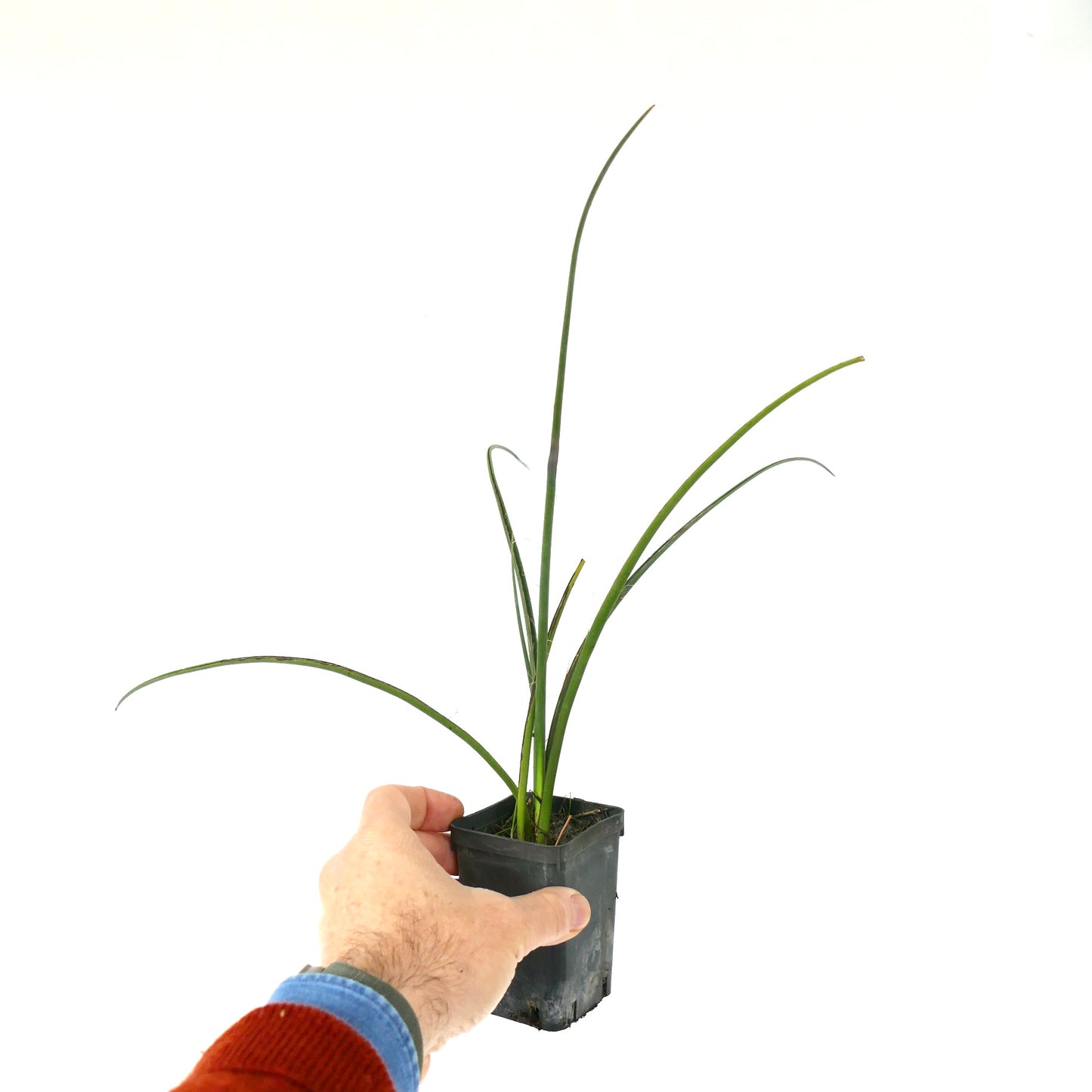- Catalogue Plants
Hesperaloe parviflora 20-30cm
Hesperaloe parviflora 20-30cm
Couldn't load pickup availability
Plant Description
Hesperaloe parviflora, commonly known as red yucca or coral yucca, is an attractive succulent native to southwestern regions of the United States and northern Mexico. Despite its common name, it is not a true yucca but is instead a member of the Agavaceae family. Red yucca is known for its striking appearance, featuring clumps of slender, arching, and grass-like leaves that are typically gray-green in color and have a reddish tinge at the base. In the late spring and early summer, tall flower spikes adorned with tubular, coral-red to salmon-pink blossoms emerge, creating a dramatic contrast against the foliage. Red yucca is prized for its low-maintenance nature and ability to thrive in arid and xeriscape gardens, making it a popular choice for water-wise landscaping.
Cultivation:
-
Climate and Location: Hesperaloe parviflora is well-suited to arid and semi-arid climates. It thrives in regions with hot, dry summers and mild winters. Plant it in a location that receives full sun for the majority of the day.
-
Soil: This succulent prefers well-draining soil with good aeration. Sandy or gravelly soils are ideal, as they prevent waterlogging and mimic its native habitat. If your soil is heavy, amend it with sand or perlite to improve drainage.
-
Watering: Red yucca is drought-tolerant once established. Water sparingly, allowing the soil to dry out between waterings. Overwatering can lead to root rot and other issues. During prolonged dry spells, provide occasional deep watering.
-
Pruning: Pruning is generally minimal for Hesperaloe parviflora. Remove spent flower spikes to encourage new growth and maintain a tidy appearance. Trim dead or damaged leaves at the base to improve aesthetics.
-
Fertilization: These succulents do not require frequent fertilization. Apply a balanced, low-nitrogen fertilizer sparingly in the spring to provide essential nutrients.
-
Mulching: A layer of gravel or mulch around the base of the plant can help conserve soil moisture and reduce weed growth. Ensure that the mulch does not cover the crown of the plant, as this can lead to rot.
-
Propagation: Red yucca can be propagated from offsets, which are small shoots that emerge at the base of mature plants. Carefully remove offsets and plant them in well-draining soil.
-
Pests and Diseases: Red yucca is generally resistant to most pests and diseases. However, it can occasionally be affected by aphids or snails. Keep an eye out for signs of infestation and treat as necessary.
-
Winter Protection: In colder climates, provide winter protection by covering the plant with a blanket or frost cloth during extremely low temperatures, as it is more susceptible to cold damage when young.
Hesperaloe parviflora is a stunning and water-wise plant that adds visual interest and color to xeriscape gardens and arid landscapes. Its low-maintenance requirements make it an excellent choice for gardeners seeking resilient and drought-tolerant ornamental plants.
IMPORTANT: Please be aware that picture 1 show adult plant not for sale, the offer is for a plant in the dimension indicated in title description like the one shown in picture 2.
Botanical family: Asparagaceae
Botanical genus: Hesperaloe
Botanical species: Hesperaloe parviflora
SKU:BA-1286-S
Cultivation
Cultivation
Info and Disclaimers
Info and Disclaimers
Plant Height: 50-60cm
Plant Diameter:
Pot Size:
Grafted/Not Grafted:
Disclaimer: Be aware that most plants change across seasons. If present foliage, could have been fallen or change in its color.




